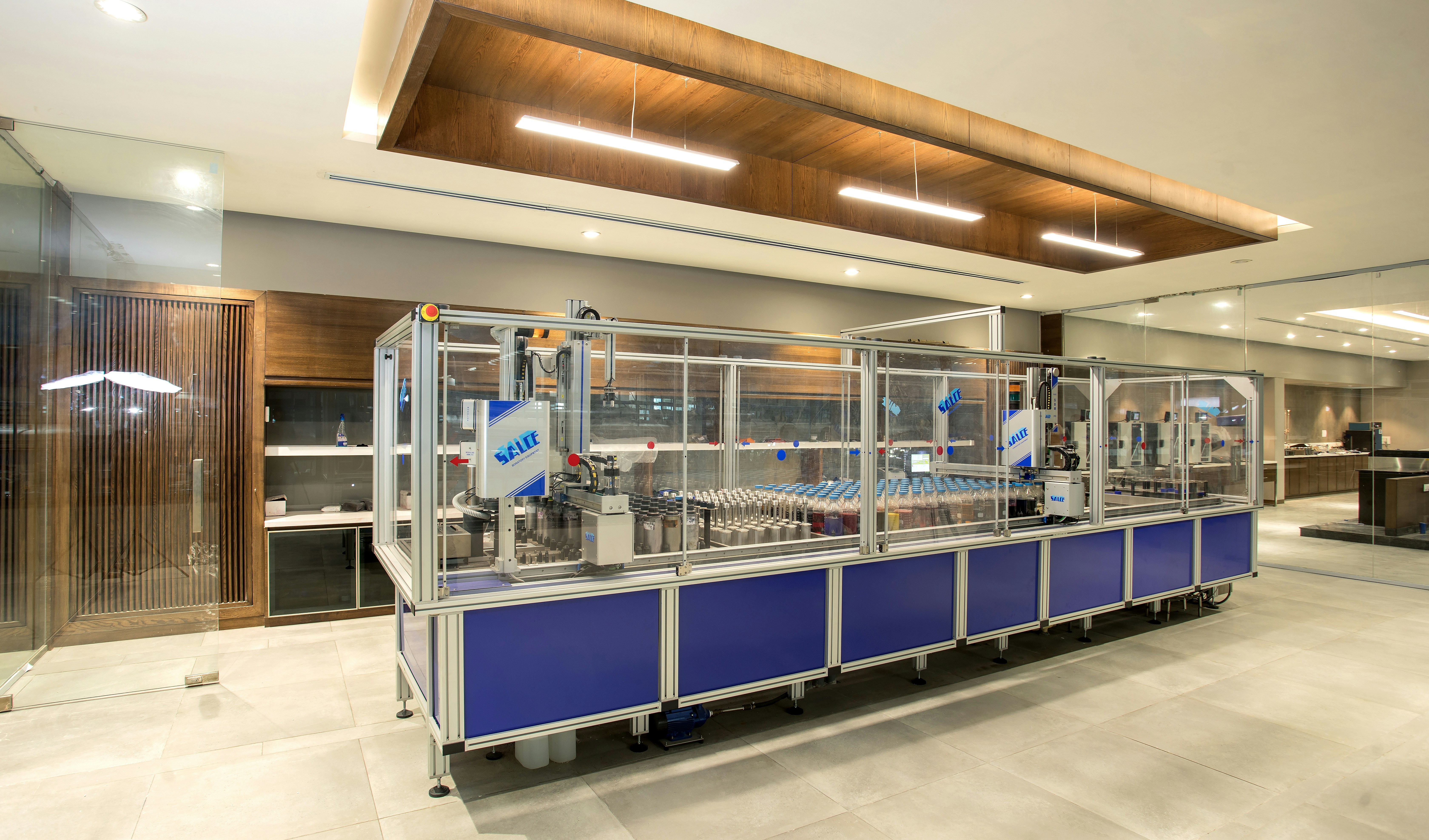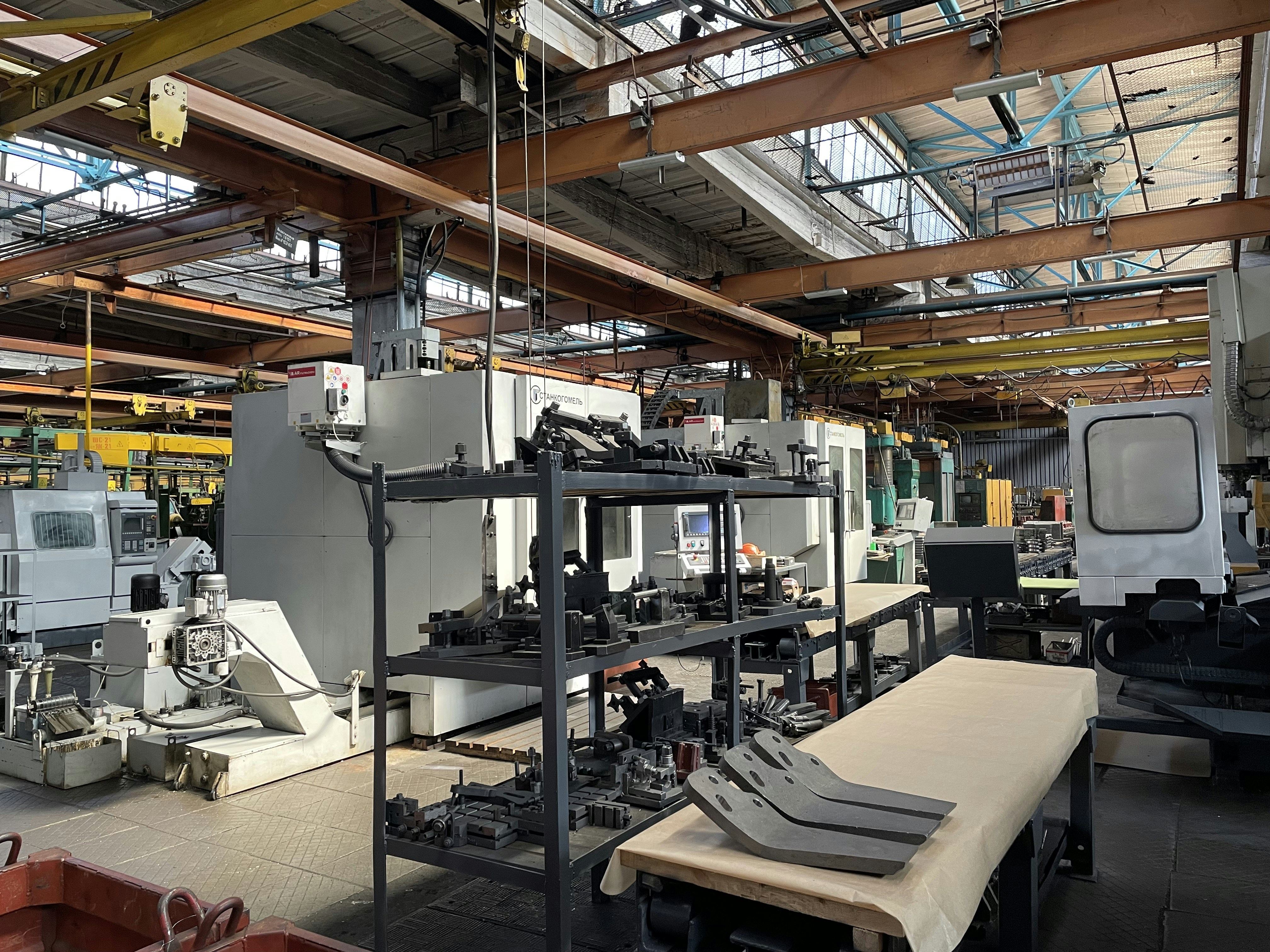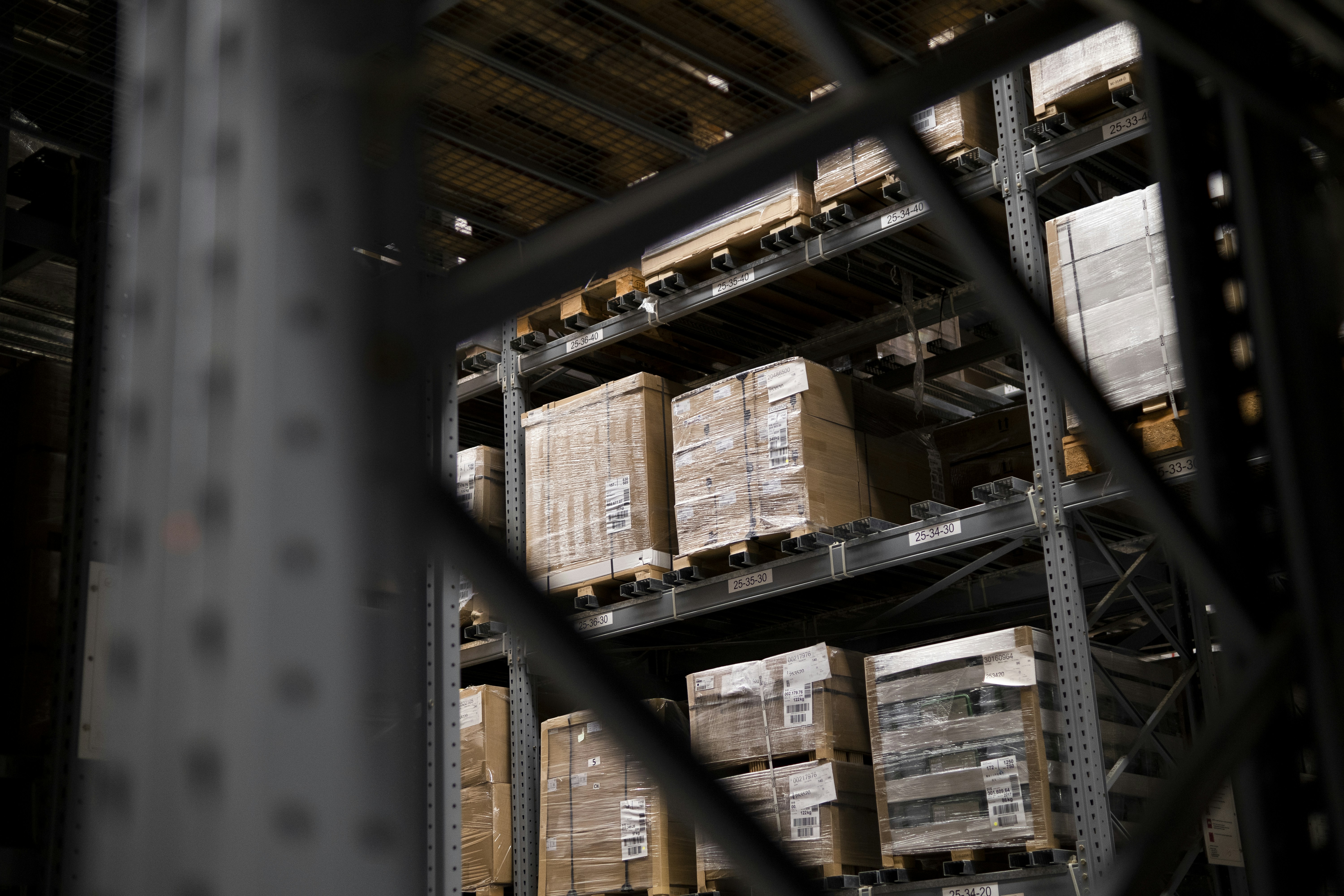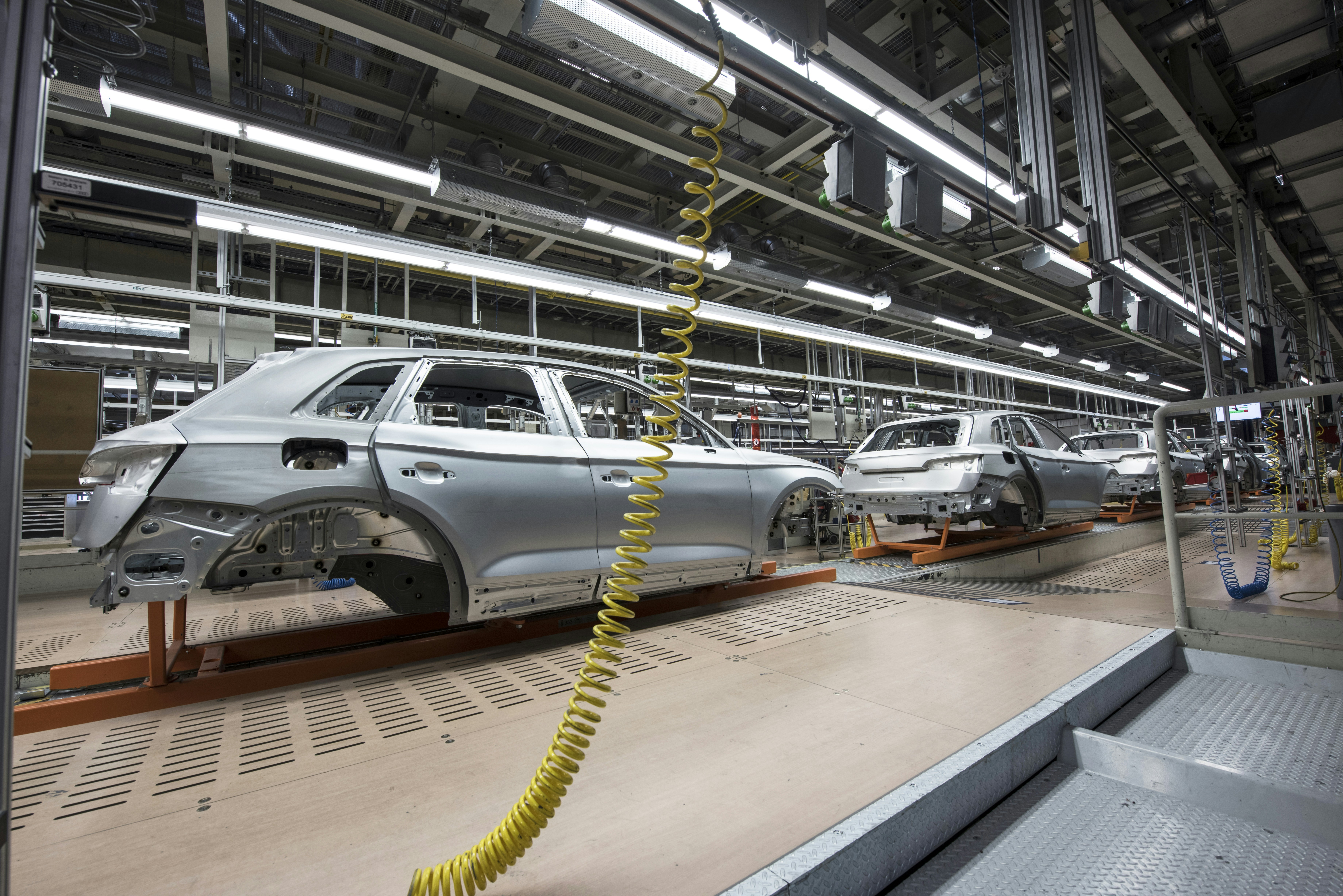How to Measure Overall Equipment Effectiveness (OEE)
Introduction to OEE Overall Equipment Effectiveness (OEE) is a crucial metric utilized in manufacturing and production environments to evaluate the efficiency of equipment and processes. It combines three fundamental components – availability, performance, and quality – to provide a comprehensive view of how effectively manufacturing operations are conducted. The importance of OEE lies in its […]
How to Measure Overall Equipment Effectiveness (OEE) Read More »









